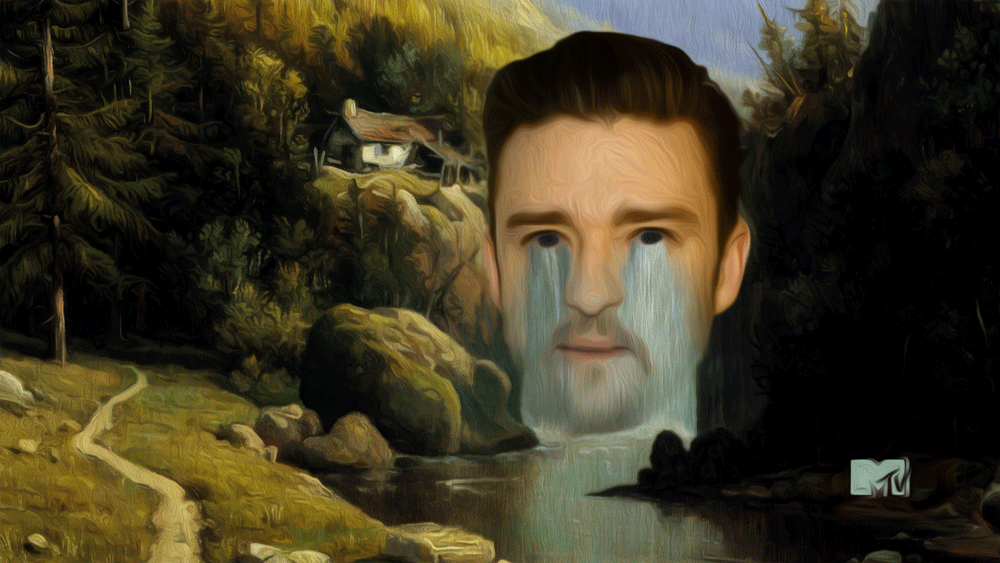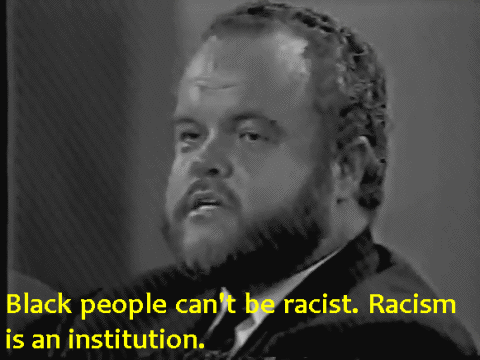IllmaticDelta
Veteran
another example from the mid atlantic

Rock Newman (afram-black identified)




.
.
.
His mom @ 20:00 and they tell him his DNA (80% white and 20% african multi gen,not biracial. You get this @ 30:24). At 28:10 he talks about one of those "special" areas around his way in Maryland with nothing but light skinned blacks. 31:13 Dr Kittles was like " I know about that area in Maryland"
I know about that area in Maryland"  .Kittles then talks about these historically light skinned communities of Aframs on the East Coast @ 32:23
.Kittles then talks about these historically light skinned communities of Aframs on the East Coast @ 32:23
...the kicker to the point Im about to hit on is that this dude is most likely of the same stock as the Piscataway Indians based on his surname but doesn't identify with that sub label

Rock Newman (afram-black identified)




.
.
.
His mom @ 20:00 and they tell him his DNA (80% white and 20% african multi gen,not biracial. You get this @ 30:24). At 28:10 he talks about one of those "special" areas around his way in Maryland with nothing but light skinned blacks. 31:13 Dr Kittles was like "
 I know about that area in Maryland"
I know about that area in Maryland"  .Kittles then talks about these historically light skinned communities of Aframs on the East Coast @ 32:23
.Kittles then talks about these historically light skinned communities of Aframs on the East Coast @ 32:23...the kicker to the point Im about to hit on is that this dude is most likely of the same stock as the Piscataway Indians based on his surname but doesn't identify with that sub label
We-Sorts (also Wesorts) is a name (regarded as derogatory by some) for a group of Native Americans in Maryland who are from the Piscataway tribe. The Piscataway were powerful at the time of European encounter. Many individuals with the surnames Proctor, Newman, Savoy, Queen, Butler, Thompson, Swann, Gray, and Harley claim that Native heritage. Historian Frank Sweet lists "Wesorts" as among a group of "derogatory epithets given by mainstream society, not self-labels".[1] Additionally, "Some members of the Piscataway Indian groups now consider the name Wesort derogatory."[2]
In the early 1930s, weekend-farmer Alice Ferguson noticed that people were finding small artifacts in her fields and decided to do some digging around, according to newspaper reports. Between 1935 and 1939, she uncovered at least five mass-burial pits containing the 300-year-old remains of about 500 Piscataway Indians. Over the years, she gave most of the remains, the bones from about 467 individuals, to the Smithsonian Institution. She called the trust to come pick up what was left—the very partial remains of 36 individuals—said Hughes. The trust has determined that the remains are of Piscataway Indians. Alice and Henry Ferguson wrote and the Alice Ferguson Foundation published The Piscataway Indians of Southern Maryland in 1960. State officials say that most of the about 25,000 American Indians who live in Maryland are Piscataway.















